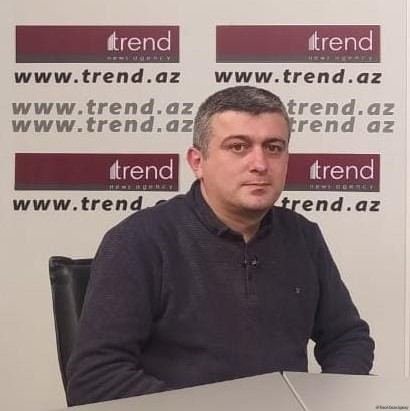BAKU, Azerbaijan, January 29. Iran will sign eight contracts worth $14 billion to develop its shared oil and gas fields with other countries in the first 10 days of February 2024, said Iranian Oil Minister Javad Owji, Trend reports.
He made this statement at the Cabinet meeting of Iran in Tehran on January 28.
Owji did not reveal the details of the contracts and the names of the companies (domestic or foreign) that will be involved in the contracts.
The minister said that Iran gives high priority to the development of joint oil and gas fields with other countries. For this purpose, various measures are taken regularly. As a result, Iran’s oil output from joint fields rose by 48,000 barrels per day during the current administration, which came to power in August 2021.
The Iranian minister said that during the current administration, 182 projects in Iran’s oil, gas, petrochemical, and related sectors are being implemented. So far, 132 projects worth $28.5 billion have been completed. At present, 50 projects worth $47.5 billion are in progress.
“Due to the work done, oil production increased by 1.2 million barrels per day, gas production by 50 million cubic meters per day, and gas refining capacity by 63 million cubic meters per day during the current administration’s term,” he said.
There are currently 74 oil and 22 gas fields in Iran. So, 37 oil fields are operating in the territory of the National Iranian South Oil Company (NISOC), 14 fields of the Iranian Central Oil Fields Company (ICOFC), 5 fields of the Arvandan Oil and Gas Company (AOGC), and 18 fields of the Iranian Offshore Oil Company (IOOC).
In addition, 5 gas fields are operating in the territory of the NISOC, 13 fields are operated by the ICOFC, 1 field is operated by Pars Oil and Gas Company (POGC), and 3 gas fields are operated by the IOOC.
Iran’s total hydrocarbon reserves are estimated at 1.2 trillion barrels. Iran can extract 340 billion barrels with the available technology and equipment. Thus, 30 percent of the country's hydrocarbon reserves are recoverable, while 70 percent remain underground.
---
Follow the author on X (Twitter):@BaghishovElnur






